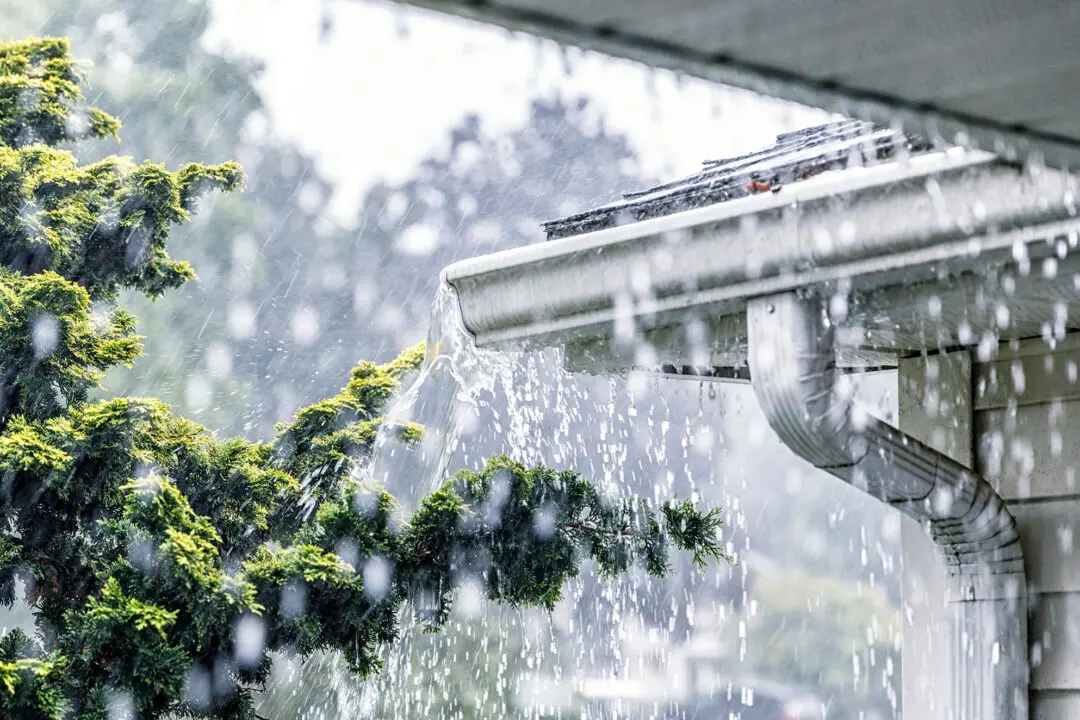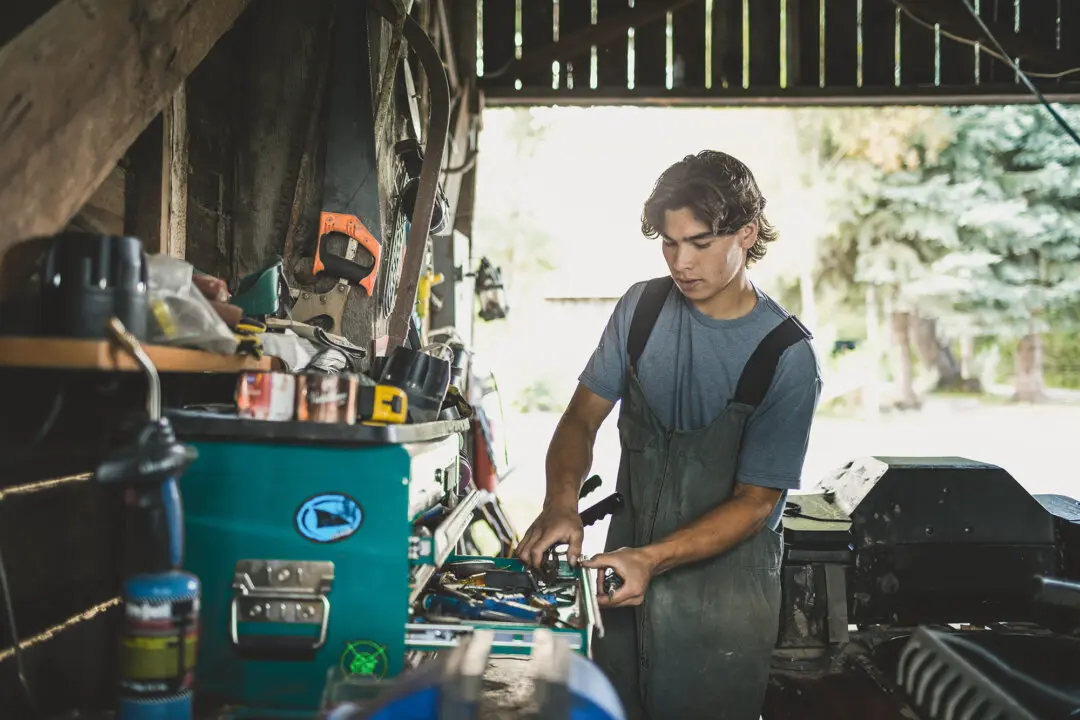Indoor plants improve one’s mood, environment, and overall health. The omnipresent ficus (also known as weeping fig) and its larger-leaf cousins, the fiddleleaf fig and the rubber tree, have kept office workers company for decades, and for good reason. Plants are essential for a healthy workplace, and these are long-lived, low-maintenance choices that thrive in artificial light.
But now it’s time to change things up with some plants that will garner fresh “oohs” and “aahs,” such as a striking low-light lady palm. If there’s a sunny window, how about a citrus tree or even a banana tree? There are a veritable garden’s worth of plants ready to move in. Ideally, the trick is to find a plant that suits the particular conditions of your home rather than asking the plant to adapt, although there are ways around that, too.





